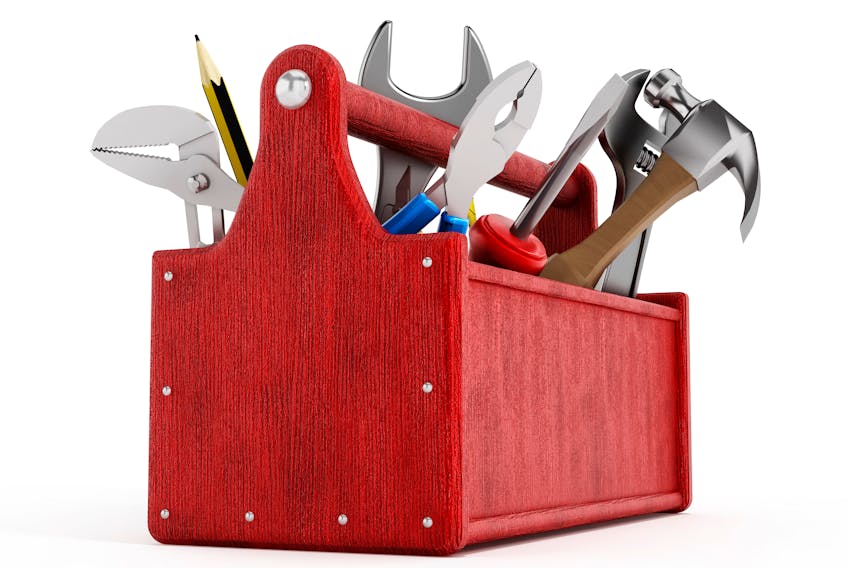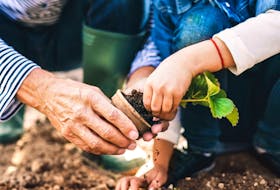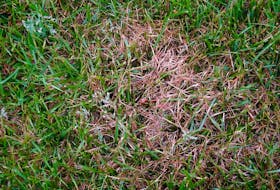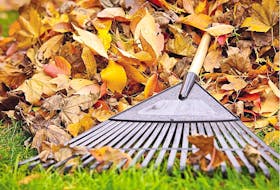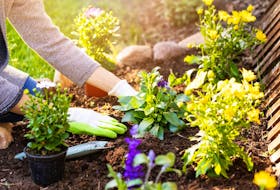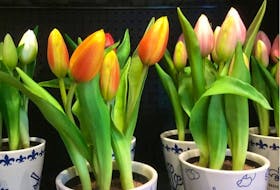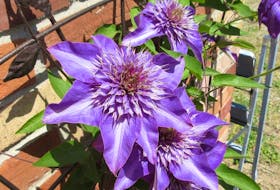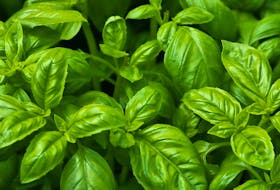Theresa Handel and Allison Kilby have an endless supply of stories about homeowners who have bought a garden hose but not a nozzle, a set of standard Allen keys when they needed metric or found themselves without a tape measure when they came to hang art on the walls of their new home.
The sisters – the fourth generation of the Thulin family’s ownership of the Pioneer Home Hardware Building Centre in Campbell River, B.C. – have plenty of experience when it comes to helping first-time homeowners decide on the must-have tools to maintain their homes and tackle DIY projects.
These are the top 10 tools they recommend new homeowners have in their toolshed:
Claw hammer: This is a useful two-in-one tool; it can take out – as well as hammer in – nails.
Manual multi-bit screwdriver set: These sets include the different types of bits (such as flat head or Phillips) in various sizes. Owning a multi-bit set means you don’t need to purchase a range of different types of screwdrivers, plus the set is compact and easy to store.
Tape measure: It’s a must-have, says Handel. “They come in different sizes and you need a tape measure [for many tasks] from hanging pictures to working out how much space you have if you are ordering new furniture – you’ll be pulling it out all the time,” she adds.
Level: It’s imperative to have a level to you help get that professional and finished look on your DIY projects – few things are more distracting than art that is not correctly lined up.
Needle-nose pliers and combination pliers: Handel advises new homeowners likely don’t need a full set of pliers, but needle-nose pliers are good for getting into tight areas and hard-to-reach places, while combination pliers are useful for tightening and loosening bolts.
Allen keys (also known as hex keys): Nowadays, these keys or wrenches are used for a multitude of assembly and disassembly projects from gym equipment to furniture and even to hang blinds, Handel says. They are available in standard or metric sizes. “I suggest you get both for your toolbox, that way you have a full range handy,” she says.
Hacksaw or handsaw: While Handel doesn’t recommend power tools like saws unless people are familiar with them – “things happen quickly” – she suggests a hacksaw is an important component of the toolbox. “If you have any plumbing issues and need to cut a piece of pipe, a hacksaw will make the cut and they are also useful for removing broken bolts,” she adds.
Cordless drill: This always-useful tool for drilling holes and driving in screws is found in many toolboxes and opting for a cordless drill means you are not limited in where you can work on a project.
Caulking gun: It’s essential to maintain interior and exterior caulking to ensure there are no leaks. The caulking gun can also be used for different types of glue, sold in the same format.
Utility knife: The all-purpose ubiquitous tool that always need to be part of the toolbox.
While maintaining the structure of the house itself is critical, if this is your first home with a garden , you’ll need the right tools to keep lawns , beds and borders looking their best. When it comes time to choose a lawnmower, consider the size of the lawn and your own preferences before deciding on an electric, gas or push mower. Edge trimmers – available in battery, gas or electric options – help effectively trim tight corners and neaten edges. And don’t forget the garden hose – with nozzle.
Renata Triveri, co-owner of Grow & Gather nursery and garden centre in Maple Ridge has been active in the horticultural industry for many years.
This is her top 5 list of garden tools for new homeowners:
Pruners, secateurs, or clippers: Those who plan to make gardening a hobby might want to invest in a great pair of Felcos, but a nice, mid-range snip like Japanese-made Chikamasa T-500s will do very nicely for garden tidying, cutting blooms, and harvesting veggies, says Triveri.
Long-handled weeder. A good stirrup or winged hoe allows you to get in and around plants quickly and easily without a backache. Nuzzling the soil to knock over weeds when they are tiny, without stirring up fresh weed seeds, is the best way to extend the time between this task.
Digging tool: Depending on the garden space, and the amount of planting you might be doing, a sturdy hand trowel or a small shovel might be preferred. “When it comes to trowels, I actually prefer a narrower ‘transplanter’ or a Japanese style Hori knife; you can always scoop soil for planting with an empty plant pot. A sharp, rounded nose shovel will dig, break up, and lift or turn soil handily; you’ll want one the second you decide where to put that new hydrangea,” chuckles Triveri.
Tarp or trug: One of the most-often used tools for any landscape professional is a small 10- by 10-foot tarp. “A tarp is a handy spot to toss garden clippings and can be gathered up by the corners and transported as easily as breadcrumbs on a plaid tablecloth,” says this experienced gardener.
Bag Balm or a great pair of gloves: Triveri says she hates sweaty gloves for most of her outdoor work (brambles excepted). “So, I pay the price and slather Bag Balm on my hands afterwards for some speedy healing and moisturizing. When I do use gloves, I reach for Watson Gloves’ Janes #346. The foam-latex palm is flexible and grippy, the upper breathes a bit, and the cuffs are just long enough for most dirty tasks, she says.”
Gloves or not, her best tip is to scratch your fingernails on a dry bar of soap before gardening. The soap keeps dirt from getting in under fingernails and scrubs out nicely at the end of the task.
Copyright Postmedia Network Inc., 2019

